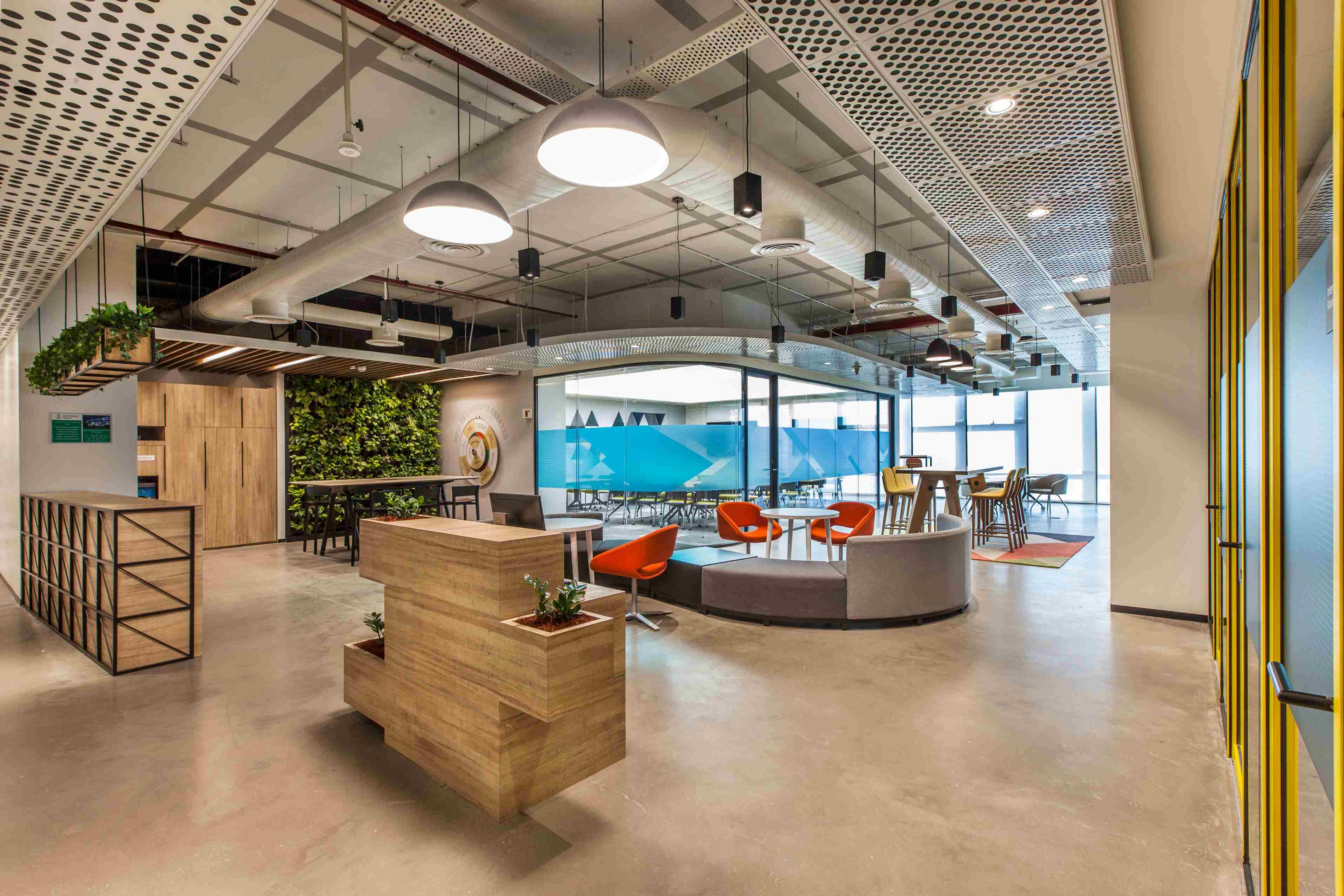Modern office design and gender inclusivity
Back in 1997, a female British police officer was stabbed and killed in the line of duty. She had removed her protective armour to be able to operate a hydraulic ram to enter a flat. The standard issue body armour did not fit the female officer well and made it difficult for her to operate the ram whilst wearing it. This preventable tragedy is one example of the data gap that discounts the presence of women in workplaces – and the dangerous consequences it sometimes leads to.
Though companies all around the world are making an active effort to hire, train and retain more women employees, the data gap is evident even today in office policies, workplace equipment, and indeed, the office spaces themselves. While a thoughtless office design may not always have extreme consequences, they can make for an uncomfortable experience for female employees, and hamper their ability to do their job.
Let us look at how the gender data gap and lack of perspective affect spatial design, and how they can be overcome.
The missing gender context in spatial design
Thoughtless spatial design is not uncommon – many office buildings and public spaces exhibit gender data gap without even realising it. Consider the cast iron gratings commonly seen on roads, near basement parking lots or at building entrances. These gratings enable efficient rainwater drainage – but if they span the entire width of the road, they pose a challenge for pedestrians. While those wearing flat footwear can easily walk over them, people with heeled shoes or sandals have a tough time navigating these spaces without getting stuck or twisting their ankles.
Likewise, many offices opt for spiral staircases or glass panels on the floor or ceiling. Sleek and stylish, these elements certainly add visual interest to a space. But ask a female employee wearing a dress, a skirt or a sari, and she’ll point out the uncomfortable design flipside – spiral staircases with wide gaps or glass floor panels leave one exposed to anyone standing below.
Sometimes, even well-intentioned spatial decisions can have practical gender limitations if not planned out well. In a bid to be more inclusive of trans and gender-fluid people, London’s Barbican Arts Centre re-labelled their existing washrooms as gender-neutral. They failed to take into account that the washrooms with urinals, though technically open to women, could only be used by men. However, the washrooms with stalls could be used by everyone, which led to women having to put up with chaos and long queues.
Where standard data is based on male usage
While some argue that spatial and ambient design elements are based on standard measures, they fail to realise that such standards are often set, based on male-focussed data. For instance, female office workers around the world complain of feeling too cold in the workspace. This is because the standard for the ‘ideal’ office temperature was determined based on the metabolic rate of the average office worker, back in 1960s – a time when men dominated most workplaces. Office policymakers had simply not considered that the modern workforce would include a higher number of women, whose metabolic rates are much lower than the average man.
Similarly, the standard height for top shelves often ends up being too high for many women employees, leaving them to reach, stretch or ask for help. Non-adjustable bar stools in cafeterias and pantries are chic seating options, but set at a standard height, they are usually uncomfortable for shorter women.
How can design overcome these hurdles?
Workplaces today are much too diverse to go by set standards. Companies need to create a customised, updated workplace strategy that works for them. Data-led design keeps in mind a firm’s unique workforce, and company culture, and offers a variety of spaces to cater to the different tasks employees perform through the day.
Additionally, it affords some degree of personalisation to the end user. A diverse workplace will have too many factors to consider (gender ratio, health conditions, pregnancies, etc.) to arrive at one single answer as to what temperature is suitable for the office or what height the barstools should be set at. With smart design technology, a company can simply provide adjustable seating options or cooling vents above each workstation that can be managed individually. Open plan offices that follow activity-based working styles often lack adequate storage facilities for things like women’s purses, jackets, stoles or spare footwear. This forces people to leave them lying on the ground near their desks. Thoughtful design solutions can take these real-life use cases in consideration and offer appropriate solutions.
Inclusive facilities can help provide gender parity, with designers working to ensure that they work both theoretically and practically. Washrooms (even gender-neutral ones) can be designed to cater to the end users’ needs. For instance, a sanitary napkin dispenser can be extremely helpful for women in emergency situations, and higher toilet seats can be a boon for expecting mothers who cannot bend too low. Spacious, private pumping rooms and comprehensive childcare facilities go a long way in welcoming new mothers back to the workforce after their maternity leave. Complemented with progressive policies like maternity care, flexible working options and paternity leaves, such workspace design strategies can make the office happy, diverse and wholly gender inclusive.
Want to ensure your office design is inclusively planned and thoughtfully executed? We can help you there!





